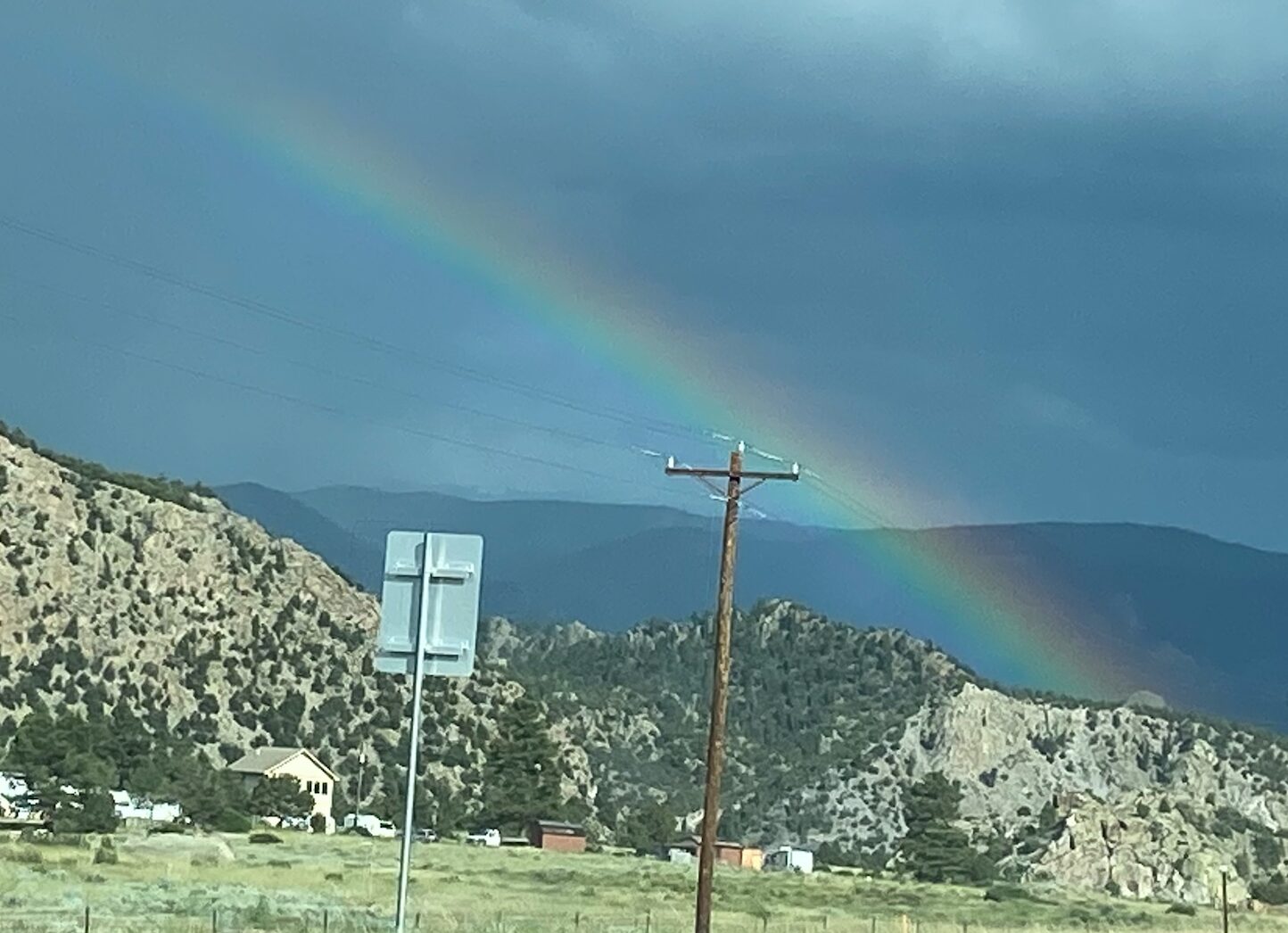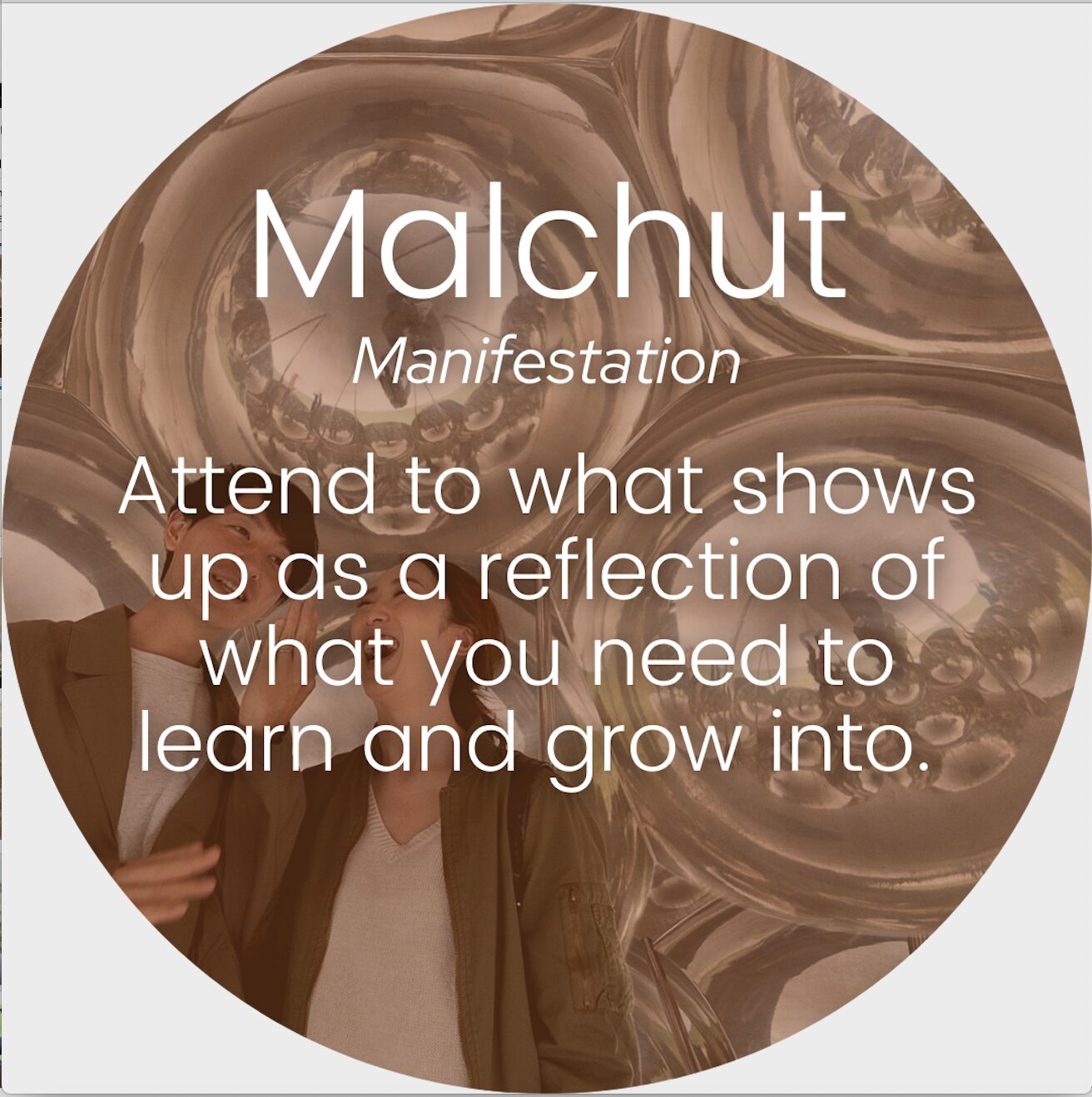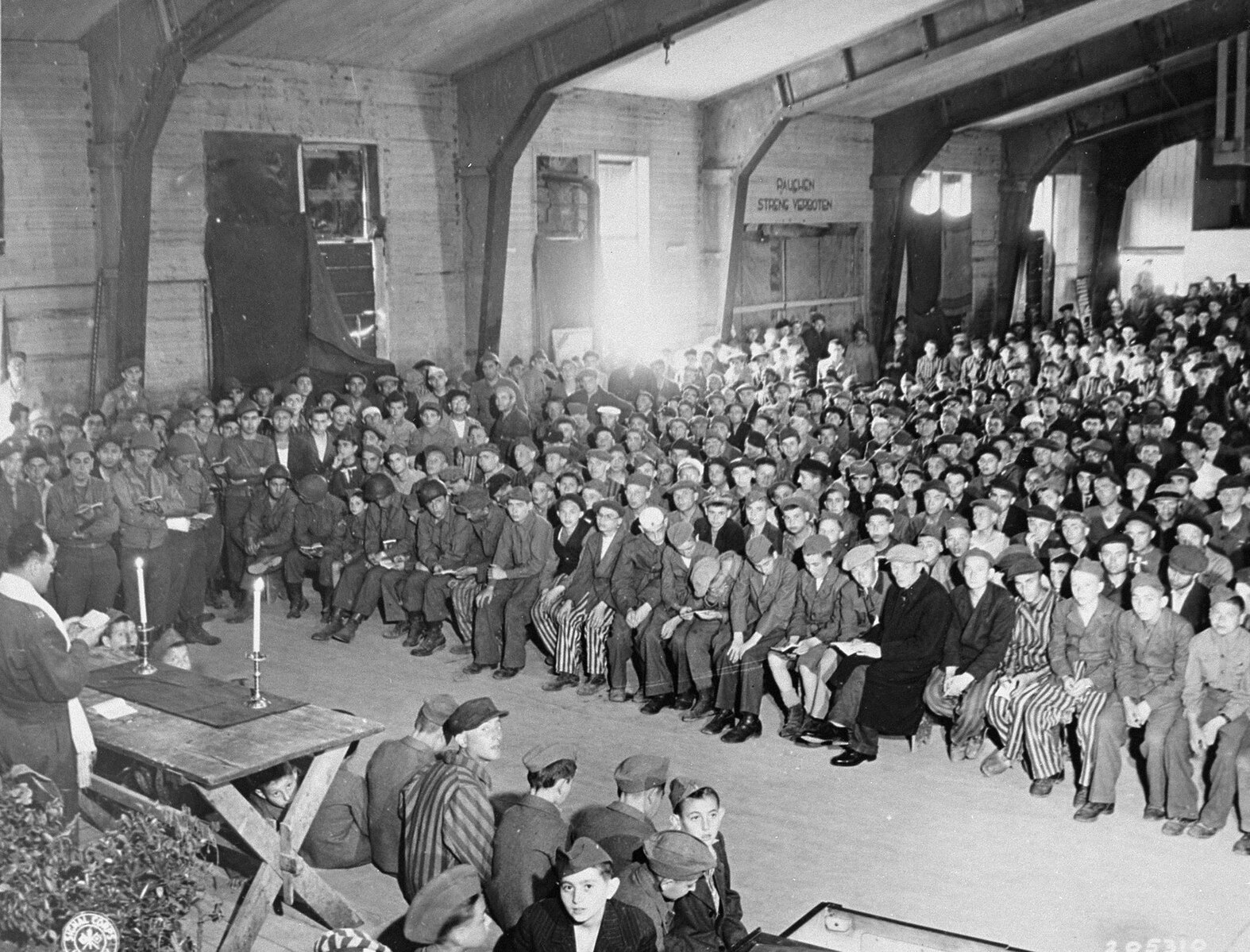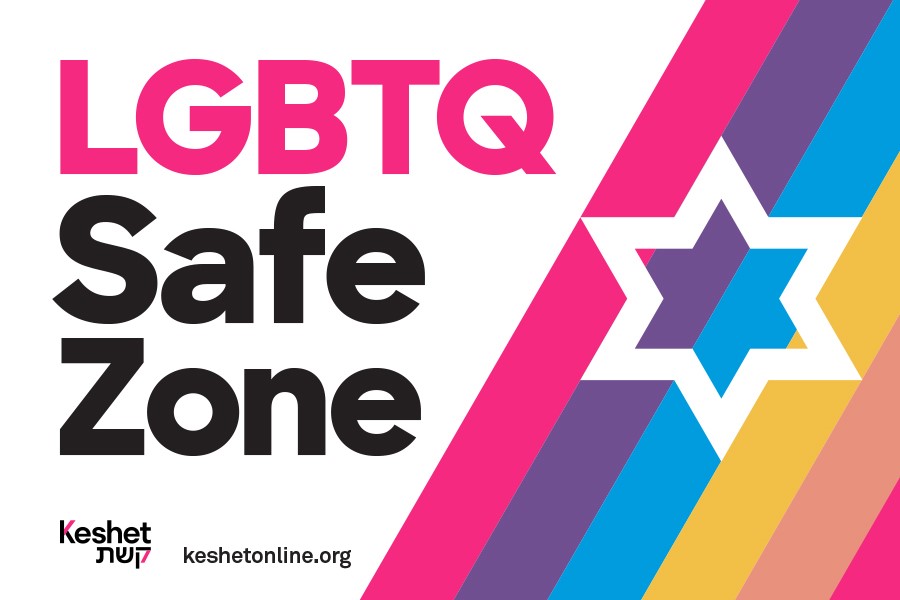This final week of the count of the Omer (the sefirah of Malchut) asks of us: “Now that you have faced the truth (about yourself) what are you doing about it?” Kierkegaard put it this way: “Face the facts of being what you are, for that is what changes what you are.”
In our Kabbalah study we attempt to face another question: “Ask not what you are but who you are?” This Sunday is Mother’s Day. For those who accept matrilineal descent as determining who is Jewish the explanation offered is that we always know who your mother is. A story that surfaced this week puts a new face on mothers and who we are.
My notions of altering one’s identity comes from fiction—books or the movies in which a person has a plastic surgeon change their face as a disguise. The first actual face transplant occurred in 2007. Unlike fiction, it is a painstaking and dangerous surgery and requires months of slow recovery as the new face learns to harmonize with nerves and muscles. As in any organ transplant there is the significant challenge of the immune system rejecting the organ. Not only the recipient, but the recipient’s immune system does not recognize the new face as its own. This foreign and threatening organ will inevitably be attacked. The medicines used to counter the attack, as in other forms of chemotherapy are highly dangerous as well.
There is also the challenge of the donor—who must be willing to gift their face to someone. We all laughed in class this week to one person’s observation about donating your face for transplant: “You are pretty attached to your face!”
A woman who had been waiting for a face—her own face having been damaged beyond repair by a husband who doused her with lye—received the face of another woman. If you can tolerate looking at the before and after photos (google Carmen Tarleton) it will help you understand the need and the courage of this woman for receiving another’s face. The story was made more poignant by the recipient finding out who her donor is (it is not routine to reveal that information though one might think that the face would in itself reveal their identity) and to meet, this week, the donor’s daughter. (Click on the link at the end of the blog for the interview on NPR).
When the daughter of the donor met the recipient of her mother’s face she was moved to tears and felt she was with her mother again. The intellect may know quite well—“this is not my mother”—but the face is so much of who we see as that person that a daughter, especially a daughter grieving her mother, could feel, “I am with her.” So it was for daughter Marinda Righter when she touched her mother’s face, every mole and freckle, on Carmen Tarleton.
This week as we celebrate Mother’s Day and prepare for Shavuot (which starts next Tuesday night) we come face to face with our source—our mothers and the Divine Mother. The Shechinah—the Divine feminine—manifested on Mount Sinai and we manifested inside our mother’s womb.
So who are we? To confront that question fully we must look to our original face.









1 Comment
ilona · May 10, 2013 at 2:34 pm
Beautiful post. Reminds me of the Zen koan: What is your original face, the face that you had before you were born?